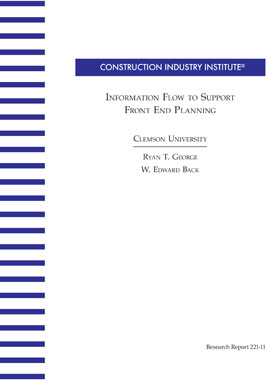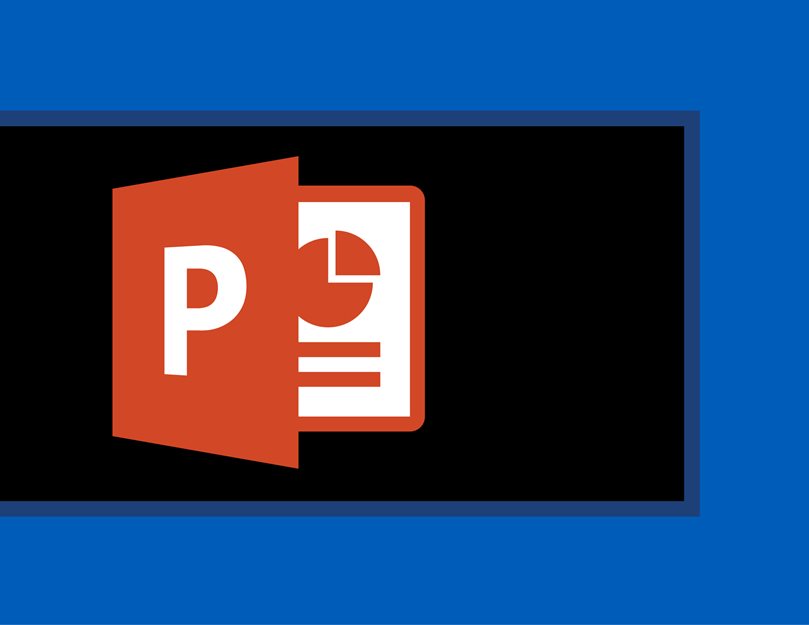
Information Flow to Support Front End Planning
Previous research has demonstrated the value of front end planning as it impacts project performance. This dissertation summarizes the findings of a research project which examined ways to improve information flow through the front end planning process. The front end planning process was carefully diagrammed as consisting of 33 distinct information flow activities, each with its own information flow entities and interactions. Fifty-one questionnaire survey forms were analyzed to obtain data for the 33 information flow activities that included activity duration, resources expended, and other supplemental insights such as the extent of information availability. The 51 projects were then grouped into successful and less successful categories based on several criteria to determine if the two groups had any significant differences in how they executed front end planning.
An analysis of the data concluded that successful projects often spent more time and utilized more resources on the front end planning process. An additional product of the research provided the information requirements for each activity. Information flow tables were also created for each activity. This dissertation provides general recommendations and insights for stimulating proactive actions during the front end planning process, each designed to improve the flow of information and increase the likelihood of project success.
To improve the flow of information through front end planning, the project team should focus particularly on six information flow activities identified as being critical to effective and efficient front end planning. (RR211-11, p. 148)
- Identify/Select Project Alternatives
- Establish Image and Public Relations
- Define Start-Up Requirements
- Address Quality and Safety Issues
- Develop Preliminary Execution Plan
- Develop Utilities and Offsite Scope


